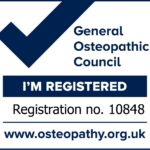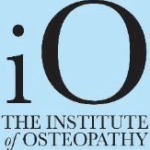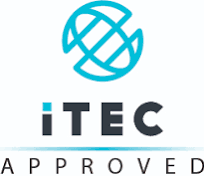Golfer’s elbow, or medial epicondylitis, is a painful condition affecting the inner elbow, often caused by repetitive arm motions. This inflammation typically involves the tendons attached to the medial epicondyle of the humerus. At MG Osteopathy, we offer a comprehensive approach to treating golfer’s elbow that combines osteopathy, shockwave therapy, dry needling, and tailored exercises. Understanding the anatomy involved can shed light on how these treatments work.
Anatomy of Golfer’s Elbow
Here’s a brief overview of the key anatomy involved:
- Medial Epicondyle: A bony prominence on the inner elbow where tendons attach.
- Flexor Tendons:
- Flexor Carpi Radialis (FCR): Assists with wrist flexion and abduction.
- Flexor Carpi Ulnaris (FCU): Aids in wrist flexion and adduction.
- Palmaris Longus: Helps with wrist flexion.
- Medial Collateral Ligament (MCL): Stabilizes the inner elbow, affecting overall joint function.
Presentation
Signs and symptoms include:
- Pain and tenderness on the inner side of the elbow
- Stiffness in the elbow joint, especially when bending
- Weakness in the wrist or forearm
- Pain that worsens with gripping or lifting objects
- Tingling or numbness that may radiate into the fingers (especially the ring and little fingers)
- Reduced range of motion in the elbow or wrist
- Swelling or inflammation around the inner elbow area
How MG Osteopathy Can Help
1. Osteopathy
- Manual Therapy: Techniques like soft tissue massage and joint mobilization target the affected tendons and muscles, easing pain and improving joint function.
- Postural Assessment: Evaluates your posture and movement patterns to identify contributing factors such as misalignment or muscle imbalances.
2. Shockwave Therapy
- Promotes Tissue Repair: Uses acoustic waves to stimulate healing, enhance blood flow, and break down scar tissue in the affected tendons.
- Reduces Pain: Decreases inflammation and supports natural recovery processes.
3. Dry Needling
- Releases Muscle Tension: Thin needles are inserted into specific points to alleviate tightness and reduce pain in the forearm muscles.
- Improves Blood Flow: Enhances circulation to the affected area, promoting faster healing.
4. Tailored Exercises
- Strengthening: Targets the forearm muscles, including those attached to the medial epicondyle, to build strength and support the elbow joint.
- Stretching: Improves flexibility in the tendons and muscles, reducing tension and discomfort.
- Functional: Restores proper movement patterns and prepares you for activities that might have contributed to the condition.
Why Choose MG Osteopathy?
MG Osteopathy offers a holistic approach to treating Golfer’s elbow, combining Osteopathy, Shockwave therapy, Dry needling, and customised exercises. Our approach targets the anatomy involved in Golfer’s elbow, addressing both symptoms and underlying causes. Our experienced practitioners work with you to develop a treatment plan tailored to your needs, ensuring effective relief and recovery.
Conclusion
Golfer’s elbow can be debilitating, but with the right treatment, relief is achievable. Contact MG Osteopathy today to start your journey toward pain-free living and improved elbow function.





